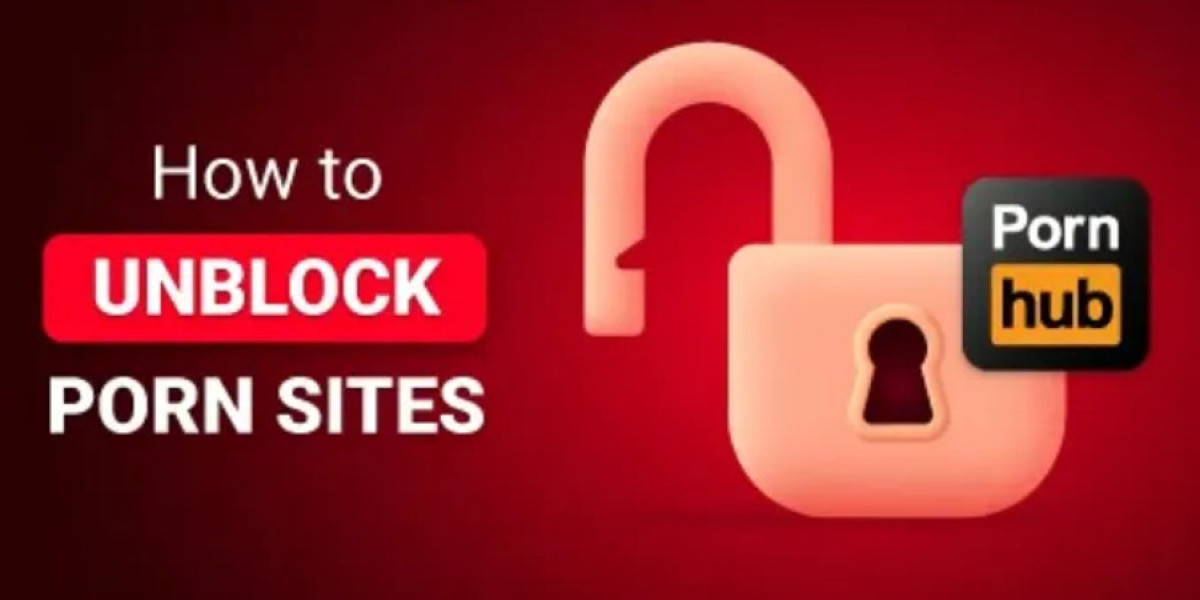The ULTIMATE Test Tren Dbol Cycle PDF Cooking, Food & Wine Lifestyle
Upload date – October 1, 2023
Author – Jane Doe
---
The Rise of Urban Gardening
In recent years the cityscape has transformed from concrete jungle to a mosaic of green roofs, balcony planters, and community allotments. Urban gardening is no longer just a niche hobby; it’s becoming an essential part of sustainable city living.
Why It Matters
- Food Security: Growing your own produce reduces reliance on long‑haul supply chains that are vulnerable to climate shocks or pandemics.
- Environmental Impact: Plants absorb CO₂, improve air quality, and help cool streets during heat waves.
- Community Building: Neighborhood gardens foster social ties and can become gathering places for workshops, markets, and cultural events.
Getting Started
- Assess Space: Sunlight, wind exposure, https://ucasiajobs.com/employer/optimizing-dosages-for-a-sermorelin-ipamorelin-combination and container size dictate what you can grow.
- Choose the Right Plants: Leafy greens, herbs, and fruiting veggies are often easiest for beginners.
- Use Sustainable Practices: Compost kitchen scraps, use rain barrels for watering, and avoid chemical pesticides.
Resources
- Local Cooperative Extensions offer tailored advice for your region.
- Urban Agriculture Organizations provide grants and technical assistance.
- Online Communities like Reddit’s r/urbanfarming connect growers worldwide.
3. A New‑Era Marketing Playbook
"The Next Decade of Marketing: From Data Mining to Human‑Centric Storytelling"
What’s the shift?
Marketing has always been about influencing behavior, but the next decade will demand a new paradigm—one that blends predictive analytics with empathy, and automation with authenticity.
---
Phase 1 – "Listen First"
| Step | Action | Tool |
|---|---|---|
| 1 | Deploy AI‑driven sentiment mapping across social platforms. | Brandwatch, Talkwalker |
| 2 | Conduct real‑time focus groups via virtual reality (VR) to capture body language. | Oculus VR + Lookback.io |
| 3 | Aggregate unstructured data into a "Customer Pulse" dashboard. | Tableau + Snowflake |
Outcome: A granular understanding of the emotional drivers behind buying decisions.
---
Phase 2 – "Co‑Create"
| Step | Action | Tool |
|---|---|---|
| 1 | Invite top 0.5% engaged customers to beta test new features in a private app ecosystem. | Firebase + TestFlight |
| 2 | Host open‑source design sprints using collaborative whiteboards (Miro). | Miro + Figma |
| 3 | Publish community‑curated content with reward tokens (NFTs). | OpenSea + Ethereum |
Outcome: Products that resonate because they were built with the end user.
---
Phase 3 – "Scale with Trust"
| Step | Action | Tool |
|---|---|---|
| 1 | Deploy decentralized identity verification (uPort) to protect user data. | uPort + IPFS |
| 2 | Use zero‑knowledge proofs for compliance without revealing data. | zk-SNARKs |
| 3 | Offer open‑source SDKs so developers can audit and extend. | GitHub, Docker |
Outcome: A trusted ecosystem where users control their data.
---
Why This Matters
- User Empowerment: People are no longer passive recipients of services; they actively shape the value chain.
- Increased Transparency & Trust: Decentralized governance and immutable records reduce fraud and corruption.
- Economic Resilience: By decentralizing production and distribution, communities become less dependent on external actors.
- Innovation Acceleration: Open standards and shared infrastructure lower entry barriers for entrepreneurs.
? Call to Action
If you’re a developer, entrepreneur, policymaker, or simply an informed citizen:
- Learn the basics of blockchain and distributed ledger tech.
- Explore open-source tools (Ethereum, Hyperledger Fabric, IPFS).
- Identify local problems that could benefit from decentralization—think community data, supply chains, digital identities.
- Prototype a solution and test it with real users.
- Share your findings publicly; build a network of collaborators.
Stay curious, stay connected.
— Your Partner in Decentralized Innovation
---
5.3 Reflective Summary
- Problem Statement: Conventional approaches to governance, economy, and technology are siloed, hierarchical, and often fail to meet the needs of diverse stakeholders.
- Core Insight: A decentralized architecture—built upon peer-to-peer networks, smart contracts, community governance, and open standards—offers a transformative framework for inclusive, transparent systems.
- Actionable Steps: From establishing local blockchain testbeds to engaging with global communities, these steps operationalize the transition toward decentralization.
- Communication Strategy: A clear, persuasive white paper paired with an engaging newsletter can galvanize support among developers, policymakers, and end-users alike.







